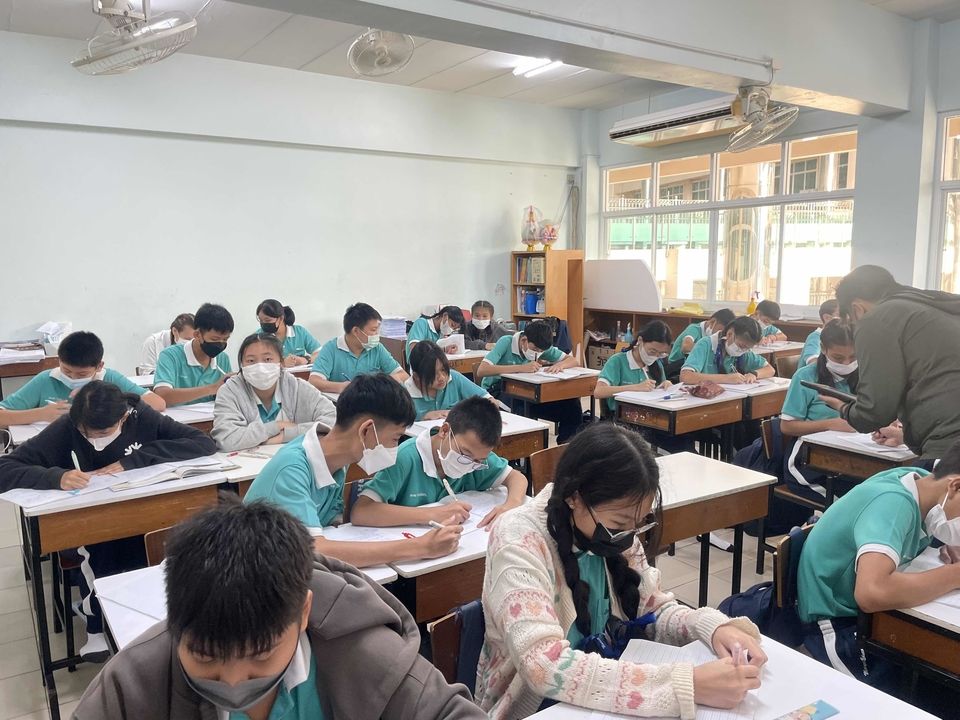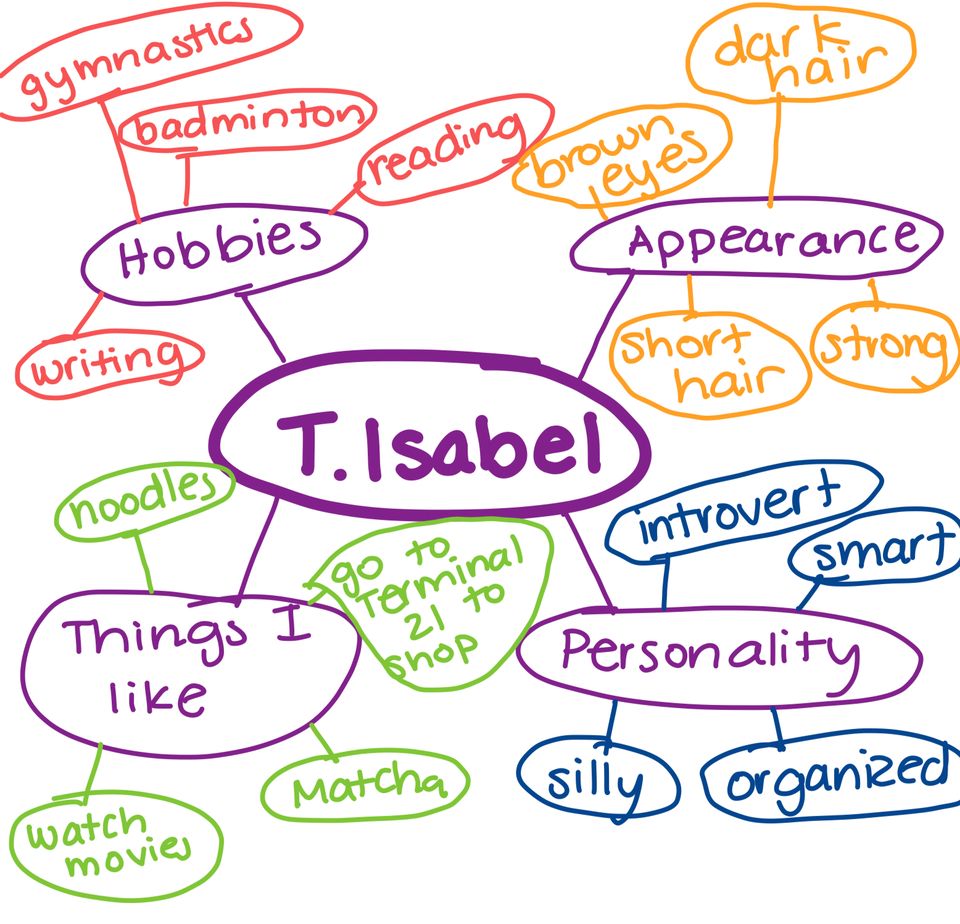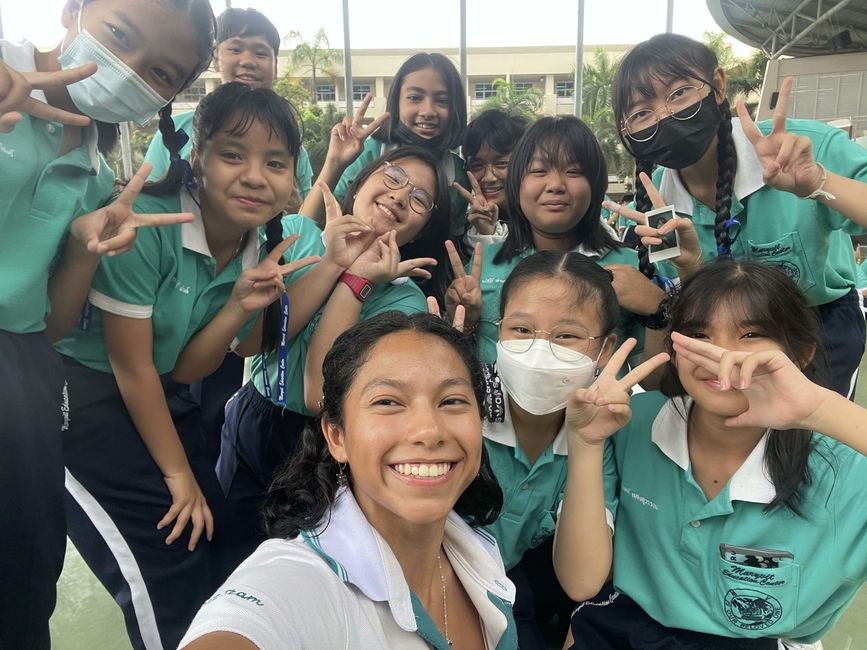Beginners Guide to Teaching in Thailand: Preparing For Your First Week
I talked a little bit about Thai schools in comparison to American schools in a previous blog post of mine, Understanding Thai School Culture: Two Weeks in Pattaya. In that post, I mainly compare the cultural differences of adjusting to indirect communication, collectivism, and the high value Thai people place on education. Here, I aim to talk less about the cultural implications and more about the concrete differences to expect.
What are schools like in Thailand?
- Preschool, Primary, Middle, and High School: ages and differences.
- Aunuban (preschool and kindergarten): There are three levels to kindergarten education, which are Kindergarten 1/ K.1, K.2, and K.3. The age range for these students is 3 to 6 years old.
- Prathom (primary school): There are six levels to prathom, which are P.1, P.2, P.3, P.4, P.5, and P.6. Prathom education is divided into lower prathom (P.1-P.3) and upper prathom (P.4-P.6). The age range for these students is 6 to 12 years old.
- Lower Mathayom (middle school): Lower mathayom is akin to middle school in the states where there are three levels which are M.1, M.2, and M.3. These middle school students are between the ages of 12 to 15, so a few years older than the age of middle school students in the US.
- Upper Mathayom (high school): High school starts in Thailand for M.4 and goes until they reach M.6, which puts them in the age range of 15 to 18.
- Students may start taking final exams earlier than in the US. I did not take finals until I was in 9th grade, though I think many Americans began taking final exams starting in middle school. At my school, students begin final exams, two weeks of exams, that start in Prathom 3 when they are between 8 and 9 years old.
- The school year is different. In America, school typically begins in August or September and lets out for summer break in late May or June. In Thailand, the school year starts in May and ends in February. So, if your start date through CIEE is October, you arrive for the second semester. If your start date is May, you arrive for the first semester.
- Large class sizes. At my school, my average class size is about 32 students with the number of students ranging from 30-35 students.

- Length of the school day. The typical school day for students is from 8 am to 3 pm for the minimum classes. As teachers, you will likely need to show up before school and stay later. My hours are from 7:30 am to 4:30 pm during the school year.
- Extra classes and tutoring. At my school, all of my students take extra classes. The school day ends at 3:10, but about 90% of my students stay for the “extra class” which goes until 4 pm. Though not officially included in the schedule as a class, the expectation is students will be there for the extra class of the day. I heard that at other schools, students who don’t have extra classes see tutors at home.
- Academic cheating is common in Thailand. I remember past CIEE teachers at orientation mentioning how cheating happens often in Thailand, but seeing the normalcy of it in person at my school was jarring. For writing assignments, I would be in front of students watching them directly copy the assignment from their friends (and, yes, they saw me there). Even for highly personal assignments (write three paragraphs introducing yourself to me), they would copy a friend's. Sometimes they would not even realize they copied their friend’s name rather than their own! Cheating policies will differ from school to school. Anticipate that this might be somewhat normal in the classroom, and do not be too quick to punish severely as you may in the US.
- The grading system passes all students. At my school, students can not fail. If they do poorly on an assignment, there is a curve in place that will guarantee they get at least 70%.
- Last-minute changes to the schedule. Thai schools adopt the mai pen rai mentality, meaning no worries. Thai people tend to travel with the tide and rely less on planning than Americans. Based on my experience, sometimes you will come to class and not have students. Other times you will find out your class got moved and you have to teach in 20 minutes. Sometimes your students will go on a field trip for days on end, meaning all your classes are canceled. Be prepared to adapt to these changes as they come. along and try to not feel too frustrated or take it personally.
- Teaching-centered learning (TCL) predominates student-centered learning (SCL). Teacher-centered learning is the idea that the teacher in the room holds the knowledge and presents information to students who receive the knowledge. In many ways, it is the same idea as going to 300-person lectures in college where students are passive receivers of information. Student-centered learning is more about viewing the teacher as a facilitator or guide of knowledge and is more about having the students actively participate in their learning process. My school falls more into the guidelines of TCL.
- Thai names and English nicknames. One thing I stressed about before coming to Thailand was being able to learn the Thai names of my students. I feared I would butcher all of their names on day one and have difficulty learning names that sounded so foreign to my ears. However, when I arrived, I learned that all my students have English nicknames and that even their Thai teachers call them by that nickname. Sometimes these nicknames are the direct transliteration of their Thai names. Other times, they are standard English names like Harry or Alex. Other times still, they are somewhat unconventional, like Pancake or iPhone.
Tips for Surviving the First Week
- Create a system to learn your students’ names. I have about 250 students, and teachers who teach younger grades than mine have closer to 350 students! On my first day of school for my summer semester, I tackled learning my students' names by having them complete a mind map. After this, I took a picture of them holding up their mind maps so I could see their name and faces in the photos! This was our introductory activity on day one, so I also learned what interests them, what words they are familiar with, etc.

- Observe other teachers in their class. I was kind of thrown into my first semester, and there was so much I did not understand about how classes were structured at my school. I asked fellow teachers who taught English to observe their class to learn other techniques for teaching.
- Establish rules and expectations early on and be consistent with them. The main class rules I established are: 1. listen while others are talking. 2. Do your own work. 3. Be prepared for class with a pen, notebook, and book. In addition to creating class rules (which will vary also based on age), be clear about your grading policy by making rubrics, showing examples of expectations, and making a policy about late work, and class attendance.
- Get silence before you start speaking to the class. This overlaps with classroom management, but you can not talk over a group of 30 students. Trust me on this. I thought I was great at projecting, but you will lose your voice. Especially when explaining something crucial, make sure all side conversations come to a stop before you start speaking.
- Take lots of pictures with your students during your first week! In America, it is ingrained in our heads how important privacy is for students. Taking pictures of students in the US is a big no-no, but in Thailand, it’s completely different. Teachers take photos of and with students all the time and no one thinks it's suspicious or inappropriate. In fact, during my first semester, I think some of my students were disappointed that I did not take more pictures with them throughout the semester! If I were to do it over, I would take many more photos throughout the semester so that during our last week of classes, I could make a slideshow of my students throughout the year.

Good luck and enjoy the lovely first few weeks of school!
Related Posts
Being Black in Thailand
Thailand is a culturally rich country. It’s chock-full of people from every corner of the globe. Even still, it’s still easy to question if you’re the type of person that... keep reading
A Comprehensive Guide of Things To Do in Chiang Rai
I’m sure you’ve heard Chiang Rai is only worth a 1-day detour during your stay in Chiang Mai. I’m here to challenge that notion. Thailand’s Chiang Rai province is home... keep reading
What to Expect from CIEE’s 150-Hour TEFL Certificate Course
If you’re considering getting CIEE’s 150-Hour TEFL Certificate Course, you’re probably curious about how well it actually prepares you to teach abroad, as well as the level of support you’ll... keep reading




